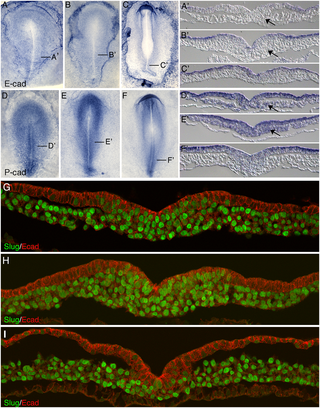User:Z5076466
| 2017 Project Groups | |||||
|---|---|---|---|---|---|
| Group 1 | Group 2 | Group 3 | Group 4 | Group 5 | Group 6 |
| Mark Hill - Lab 1 page | |||||
Here is the Student Page demonstration page I showed in the Practical class.
Use this page to practice editing and don't forget to add a topic to the 2017 Group Project 3 page.
Peer Review
Group 6:
Strengths:
• The authors of this wiki page have included a variety of topics relevant to the development of the cerebellum. Topics range from the normal anatomy of the cerebellum, abnormalities, and the normal developmental process to animal models. Thus it is evident that criteria 1 has been satisfied which is excellent!
• A broad variety of tables and images have been utilized within this wiki page which is another excellent feature that has been included. Not only has this enhanced the presentation of the page, but the images serve as a visual aid in assisting in the explanation of certain concepts to peers (particularly those who are visual learners) (criteria 2 and 4 satisfied). For example the use of images was utilized to help simplify the explanation regarding the vesicles that development.
• It also appears that authors have included a broad variety of references in-text to cite all information utilized. Most source utilized appear to be recent and all have been correctly cited (criteria 3).
• The authors of this page have also explored evidence of significant research relating to basic and applied sciences that extends beyond the formal teaching activities (criteria 5) by exploring avenues including animal models and how the use of animal models have contributed to our understanding of the cerebellum. Authors of the page have also explored abnormalities of cerebellar development which was excellent
Areas of improvement:
• In order to improve, authors may wish to expand on different animal models utilized.
• The authors of this wiki page may also wish to utilize videos as another visual tool to aid in the presentation of content included.
• Another area of improvement would be to cite sources that are of a more recent date, rather than citing sources from the 1970s. The reason being is that such sources may include information that is currently outdated, thus the page may be providing inaccurate information about cerebellar development.
• Authors of the page may have also covered certain topics in greater depth. For example the heading titled “Cell signaling in cerebellar development” may have been subdivided into different types of genes and signaling factors involved in cerebellar development. Authors may then elaborate on each gene/signaling factor. This will help enhance presentation whilst also improving the readability of the information presented.
